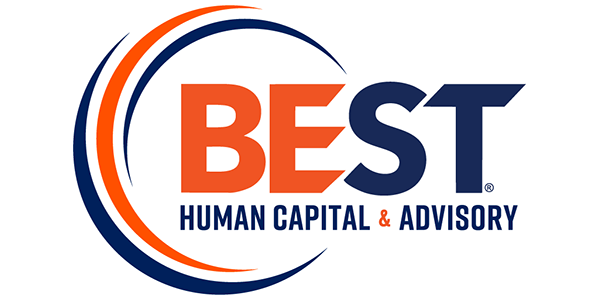
Trends Challenging Successful Hiring: Relocation
To Relo, or Not to Relo for Hiring— That is a Major Question Nothing in this world is certain except death, taxes, and change— constant change is happening faster than ever in business today. There are many drivers of change, including the impact of technology on what different generations value in their careers. Hiring is […]








